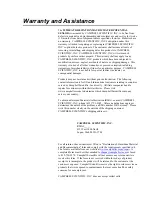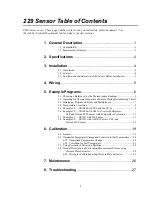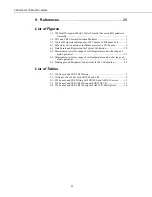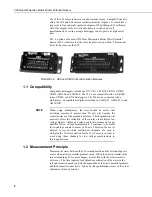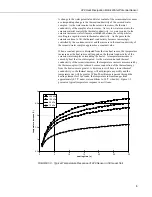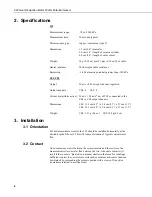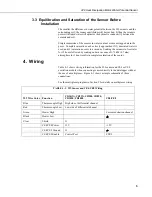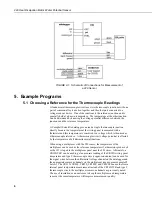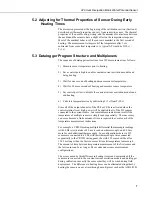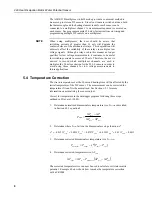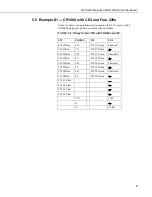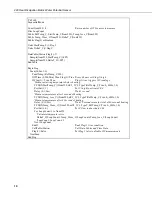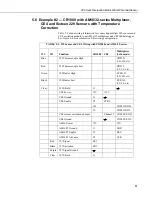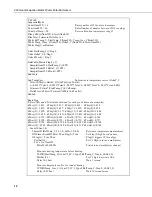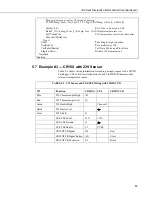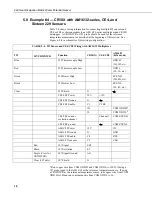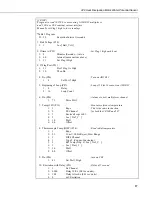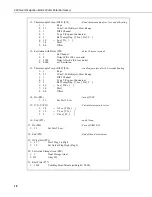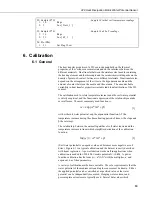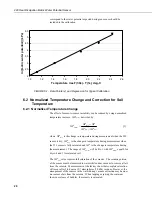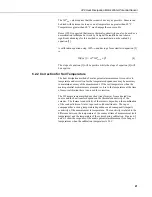
229 Heat Dissipation Matric Water Potential Sensor
FIGURE 4-1. Schematic of Connections for Measurement of
a 229 Sensor
5. Example Programs
5.1 Choosing a Reference for the Thermocouple Readings
A fundamental thermocouple circuit uses two thermocouple junctions with one
pair of common-alloy leads tied together and the other pair connected to a
voltage readout device. One of the junctions is the reference junction and is
generally held at a known temperature. The temperature at the other junction
can be determined by knowing the voltage potential difference between the
junctions and the reference temperature.
A Campbell Scientific datalogger can read a single thermocouple junction
directly because the temperature at the wiring panel is measured with a
thermistor and this temperature is converted to a voltage which is then used as
a thermocouple reference. A thermocouple circuit voltage potential is affected
by the temperature of all dissimilar metal junctions.
When using a multiplexer with the 229 sensor, the temperature of the
multiplexer can be used as the reference temperature if a thermistor probe such
as the 107 is taped to the multiplexer panel near the 229 wires. Alternately, a
CR10XTCR can be used to get an accurate reading of the CR10X wiring panel
temperature and type T thermocouple wire (copper-constantan) can be used for
the signal wires between the differential voltage channel on the datalogger and
the appropriate common channels on the multiplexer (see program example #2
below). The CR23X, CR800, CR850, CR1000, and CR3000 can use their own
internal panel temperature measurement instead of the CR10XTCR and type T
thermocouple wire to the multiplexer common channels as previously noted.
The use of insulation or an enclosure to keep the multiplexer and temperature
sensor at the same temperature will improve measurement quality.
6
Содержание 229
Страница 33: ......


